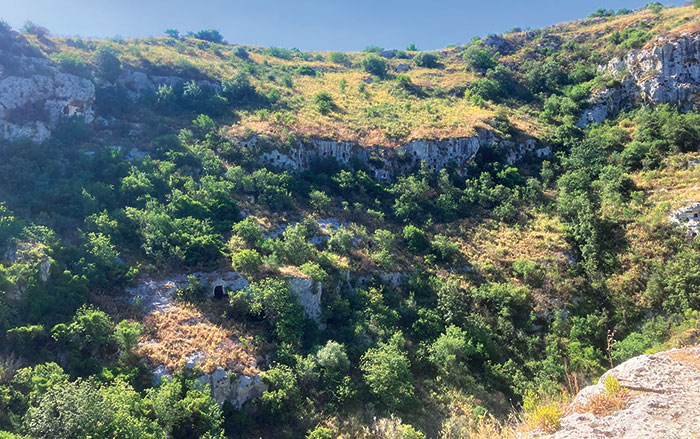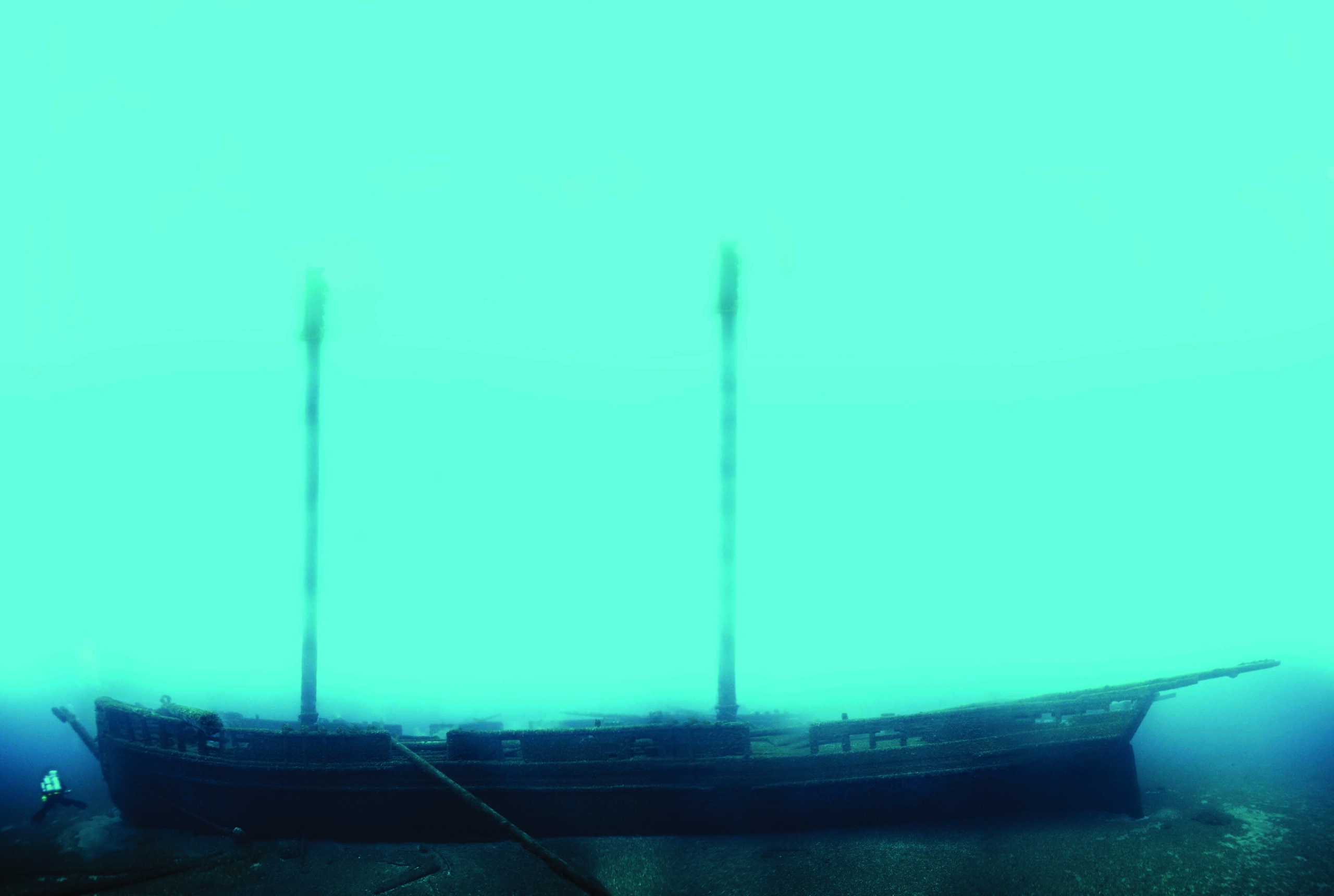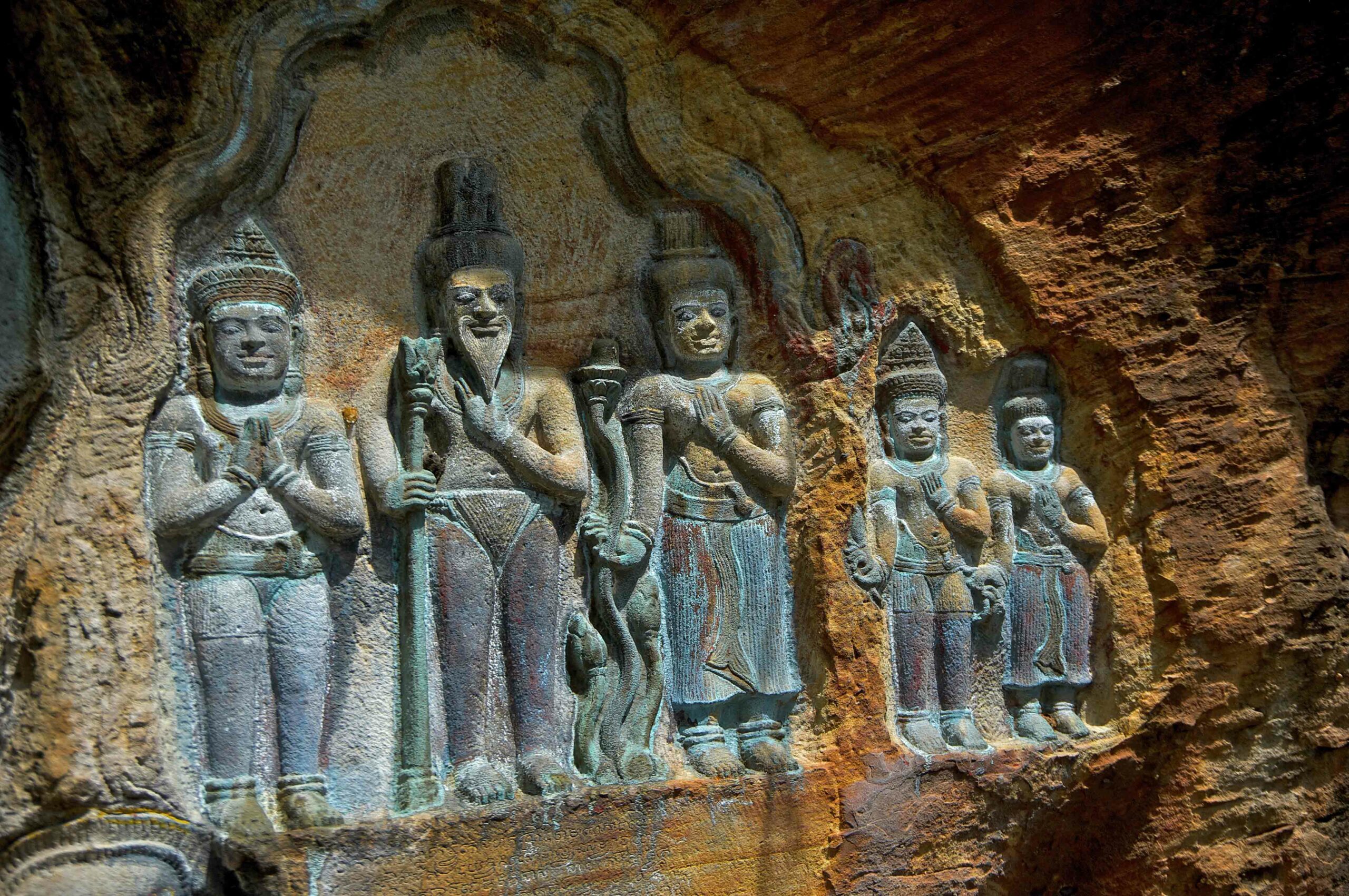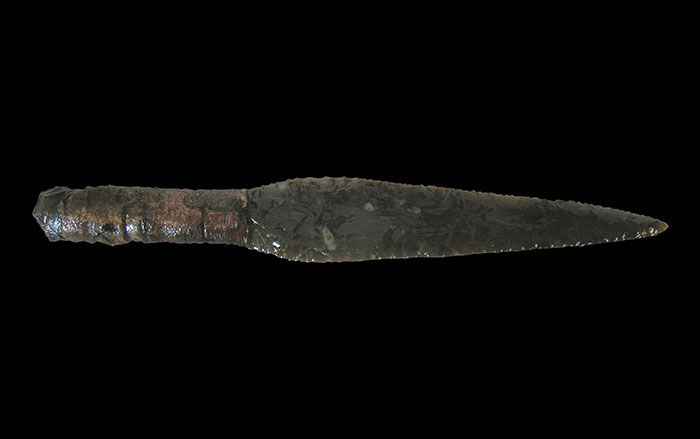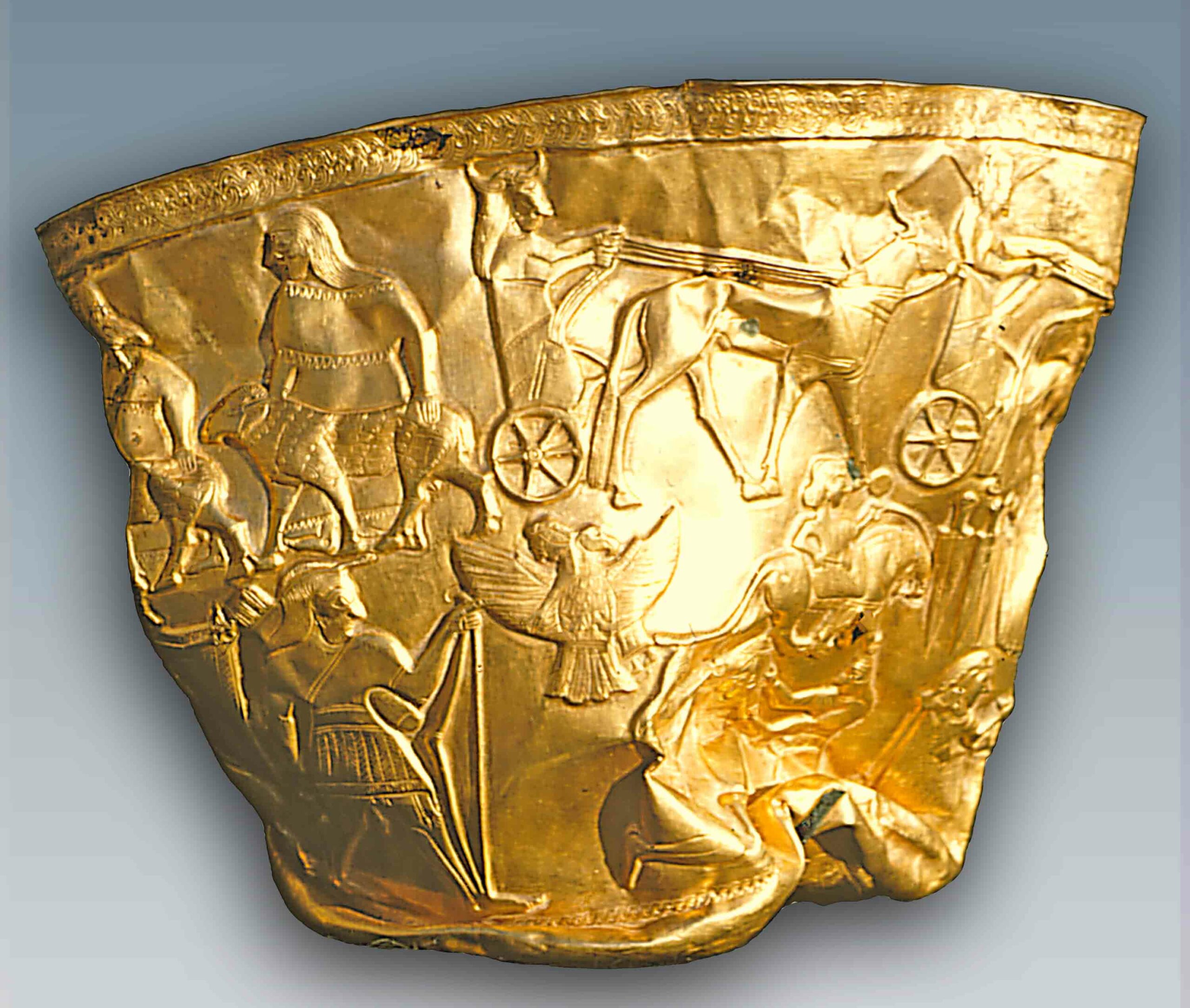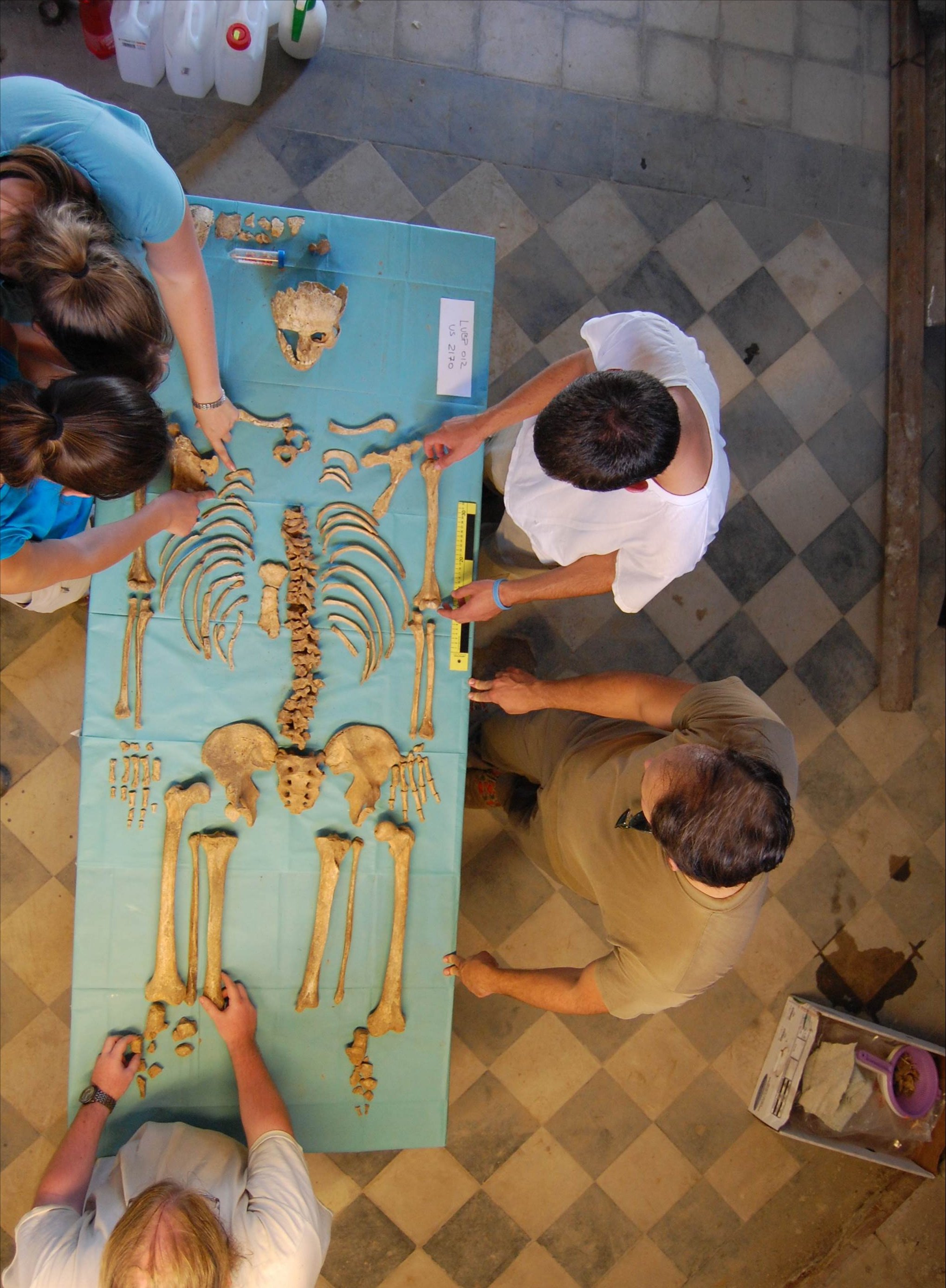
COLUMBUS, OHIO—Archaeologists from The Ohio State University and the University of Pisa are excavating a village cemetery surrounding an abandoned church in Tuscany. In the 1850s, victims of a worldwide cholera epidemic were buried there. The bodies were buried quickly and covered in lime, likely to contain the disease’s spread, which had the unintended consequence of preserving the bones, says Ohio State bioarchaeologist Clark Spencer Larsen. “To our knowledge, these are the best preserved remains of cholera victims of this time period ever found,” says Larsen. “We’re very excited about what we may be able to learn.” The lime also may have preserved the DNA of bacteria, and the team is now studying samples of soil trapped near the bones for traces of the bacterium that causes cholera. The cemetery was in use from 1056, so the team might also recover the remains of 14th-century victims of the Black Death, as well as people from other eras. “We have a thousand-year window into the health of this village,” Larsen said. “It is a microcosm of what is happening in Italy and all of Europe during this time frame.” For more, read “Medieval DNA, Modern Medicine.”






